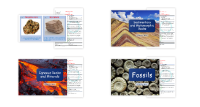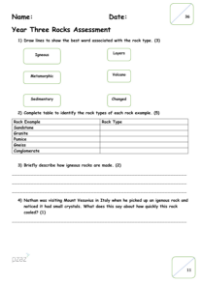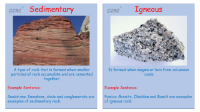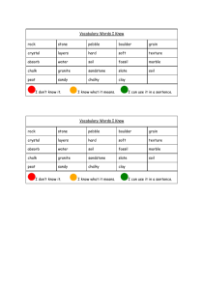Rocks - Answers
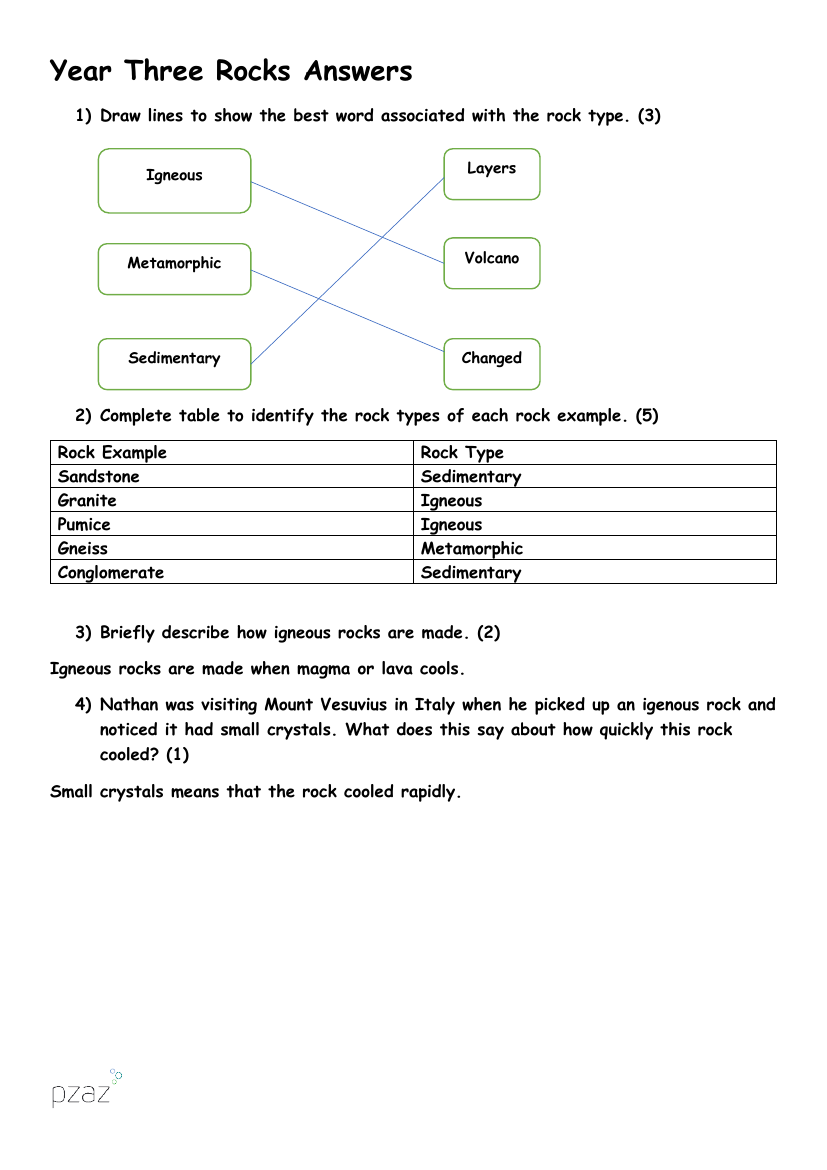
Science Resource Description
The answers for the Year Three Rocks assessment provide a comprehensive understanding of different rock types and their characteristics. Students are tasked with associating words with the correct rock types and completing a table that categorizes examples of rocks into sedimentary, igneous, or metamorphic. For instance, sandstone and conglomerate are identified as sedimentary rocks, granite and pumice as igneous, and gneiss as metamorphic. The formation of igneous rocks is described as the cooling of magma or lava, and the presence of small crystals in such a rock indicates rapid cooling, as exemplified by a sample from Mount Vesuvius.
Further exercises test the students' knowledge of geological concepts, such as the inability to find fossils in igneous rocks and the fact that chalk is a type of sedimentary rock. Porosity is explored through an investigation where rocks are weighed before and after soaking; sandstone proves to be the most porous due to its significant weight increase after soaking. The assessment also covers the fossilization process, with a sequence of events leading to the formation of a dinosaur fossil. Additionally, students learn that a palaeontologist is a professional who excavates fossils, and that soil is composed of air, water, minerals, and organic matter, providing essential elements like water and minerals for plant growth. The layers of soil are labeled, and different soil types are named, with sandy soil being recognized for its quick drainage properties.

